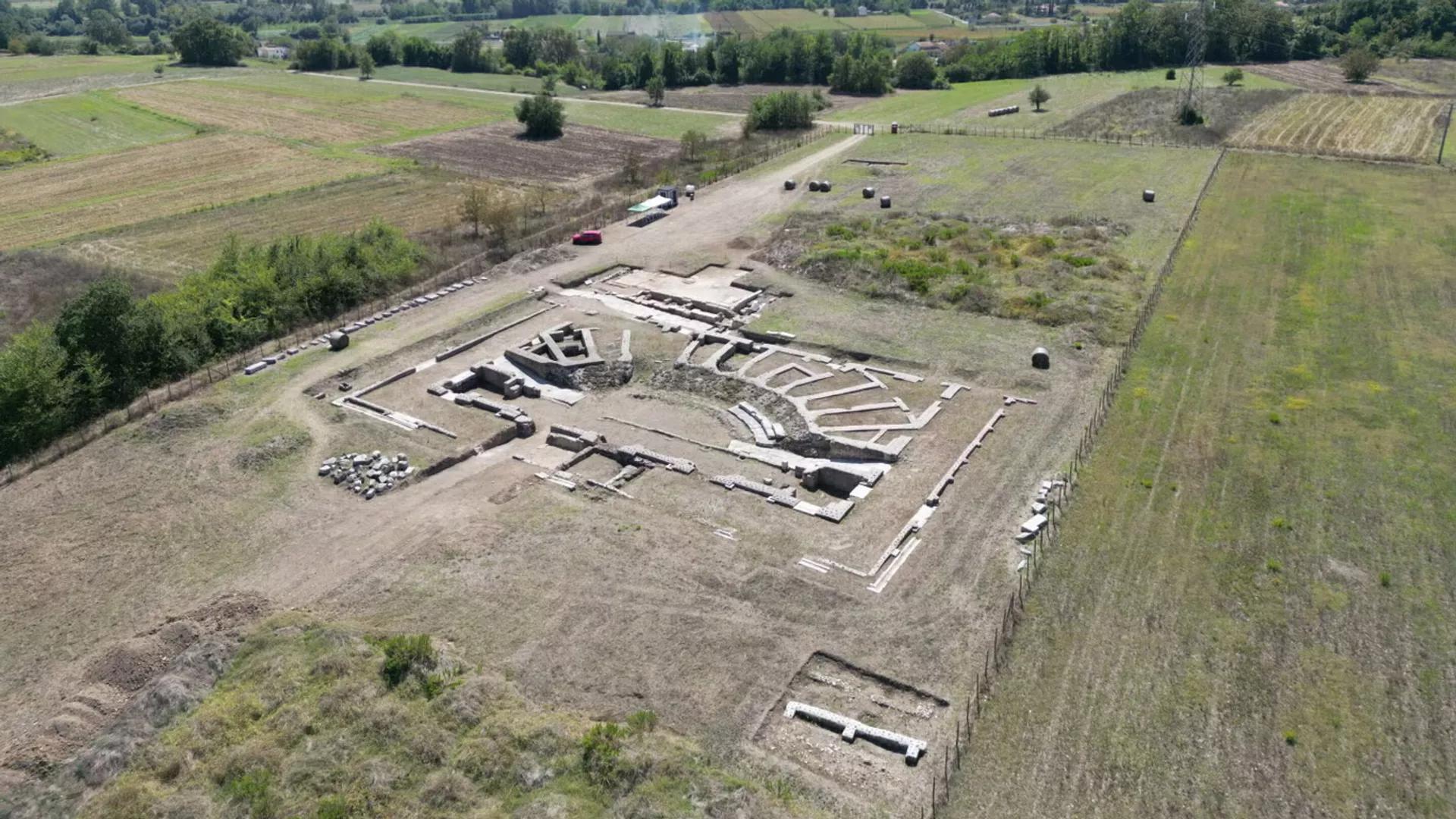Africa-Press – Sierra-Leone. The recent revelation comes from the University of Cambridge’s extensive research in the southern Lazio region, challenging long-standing beliefs about the Roman era.
An archaeological team led by the University of Cambridge has unearthed shocking evidence that has the potential to rewrite the timeline of the Roman Empire’s decline.
The group’s study focused on an Italian town in modern-day southern Lazio, then known as Interamna Lirenas, and which has led to the determination that the Roman Empire remained prosperous much longer than previously thought.
The discovery emerged from a meticulous analysis of pottery fragments found at the site. Initially, the fragments suggested a town in decline by the 1st century AD; however, the new findings indicate Interamna Lirenas continued to thrive until the later part of the 3rd century AD, defying the general belief of the empire’s deterioration.
A deeper geological survey presented a stunningly detailed layout of the town, including public baths, a temple, a warehouse, and a theater. The features paint a picture of a resilient urban center, adapting to challenges over 900 years.
The study was published in the Roman Urbanism in Italy publication.
As researchers continue to investigate, the exact cause of Interamna Lirenas’ eventual downfall remains a mystery, adding another layer of intrigue to this historical puzzle. This discovery not only sheds new light on the Roman Empire’s history but also exemplifies the evolving nature of archaeological research, continuously reshaping human understanding of the past.
For More News And Analysis About Sierra-Leone Follow Africa-Press






